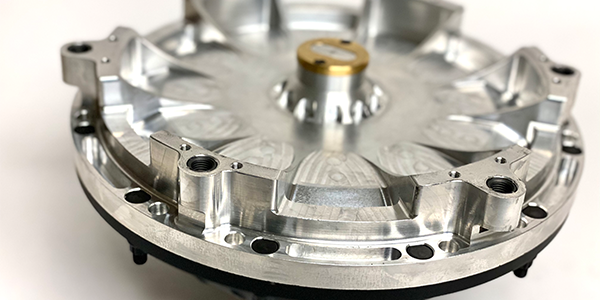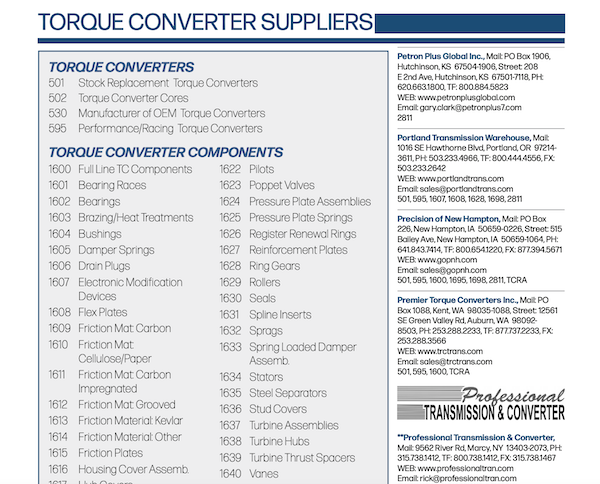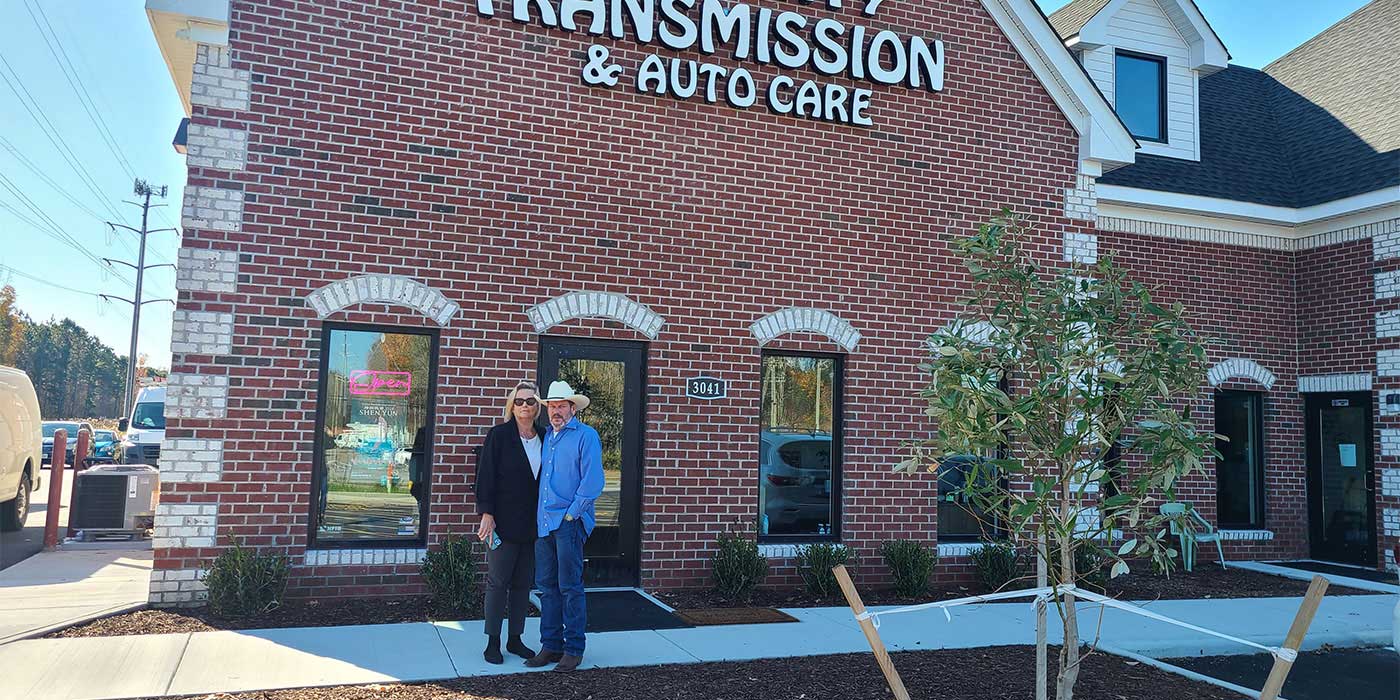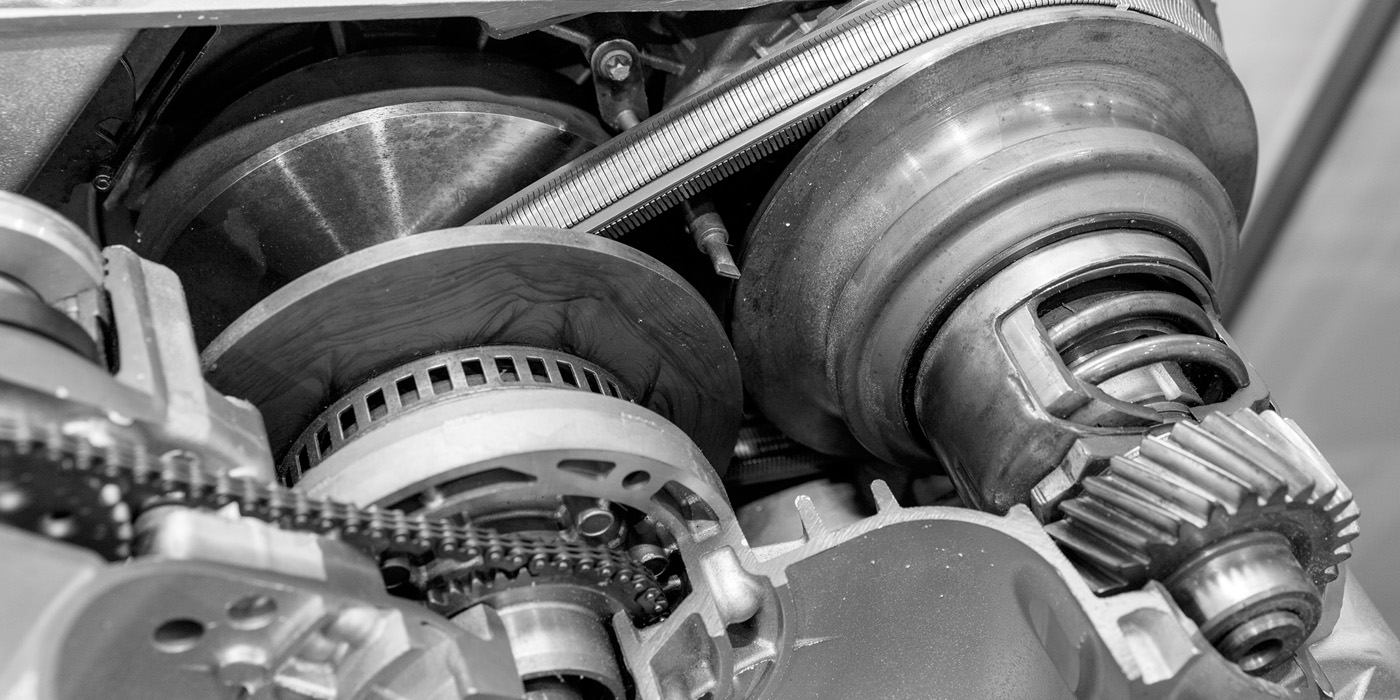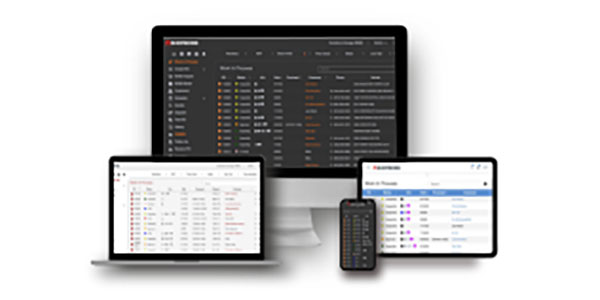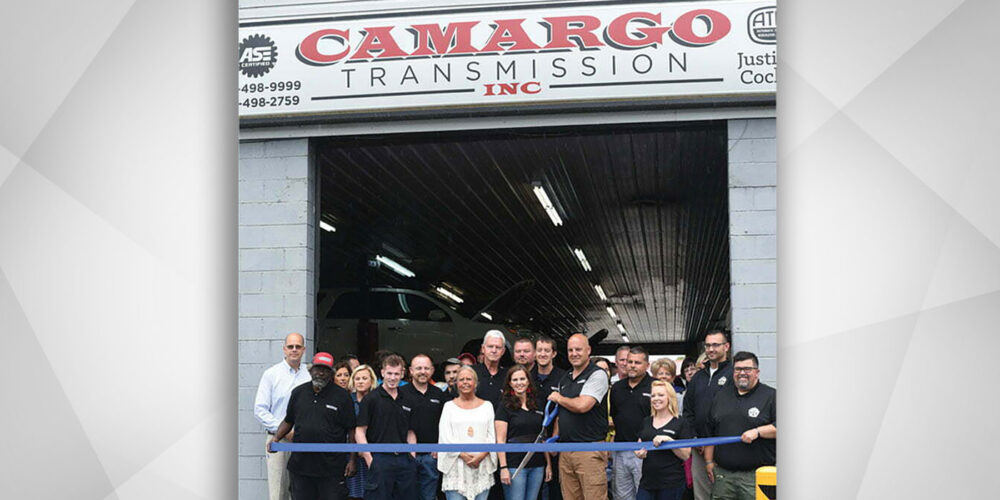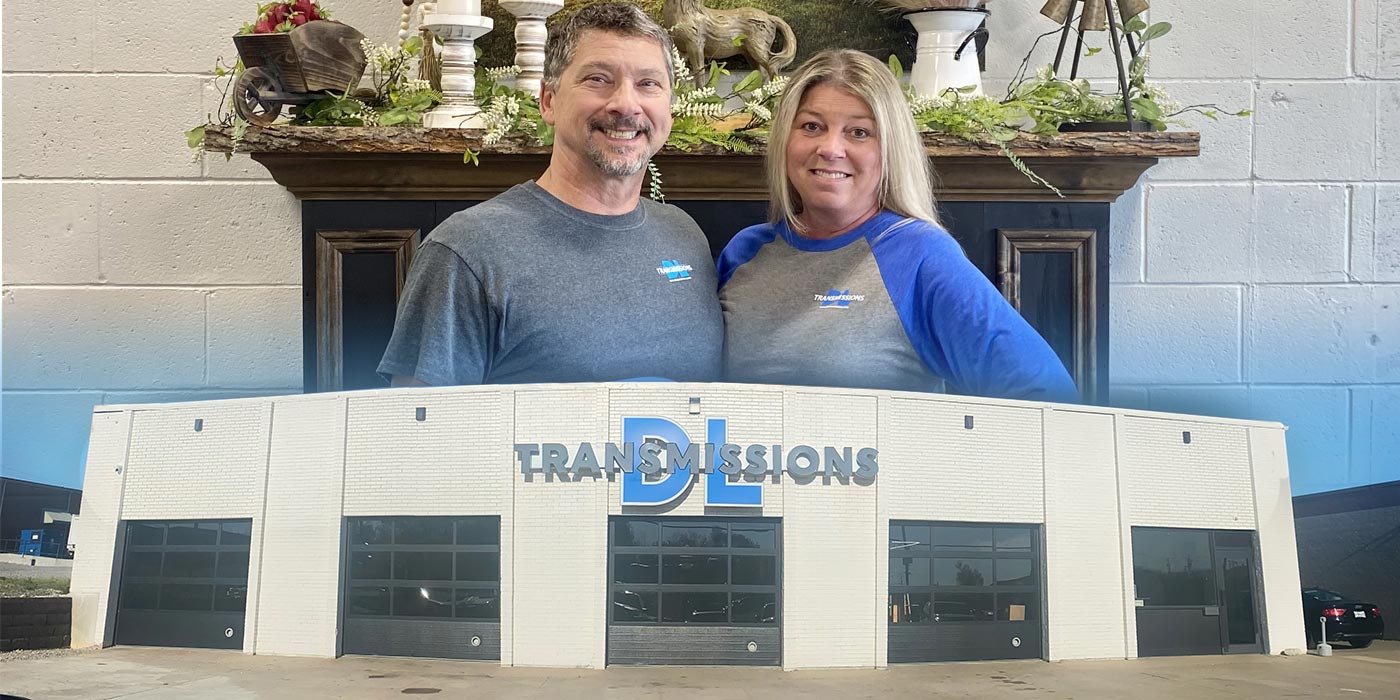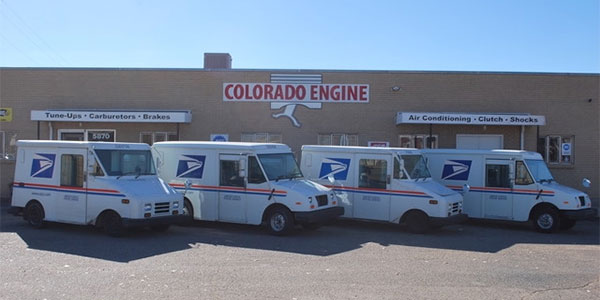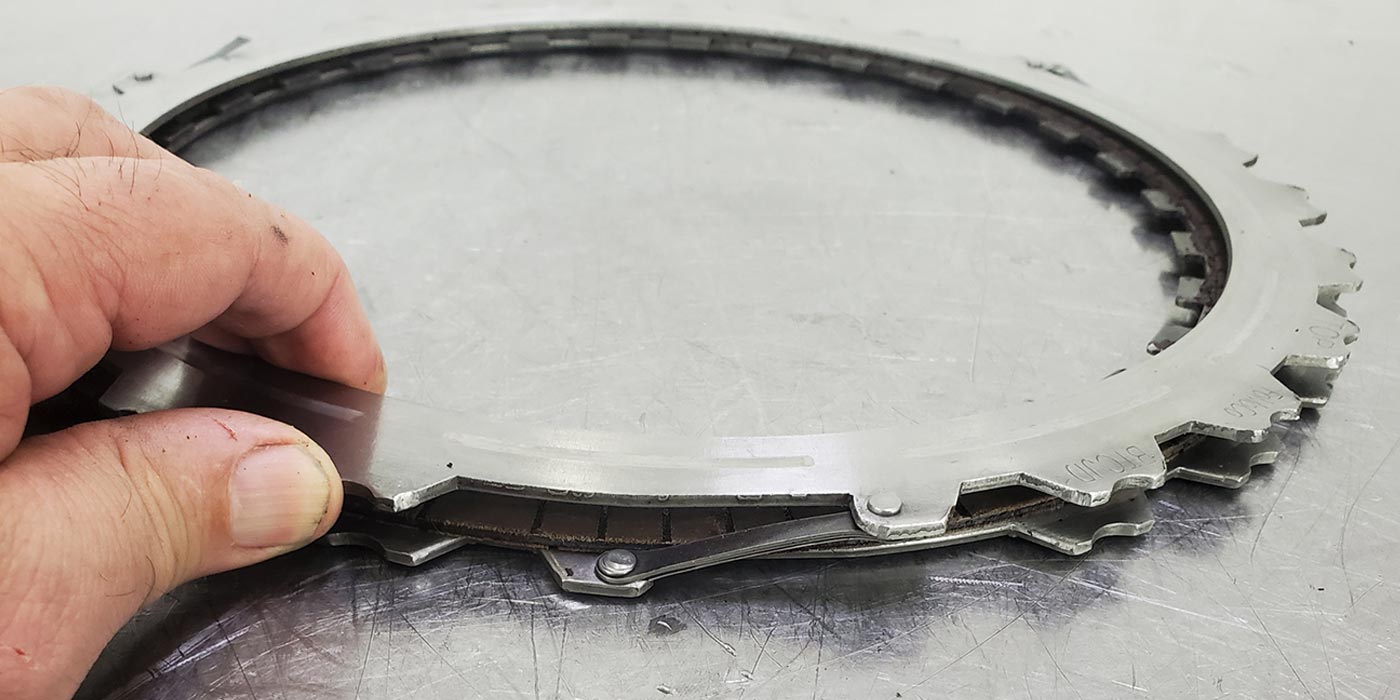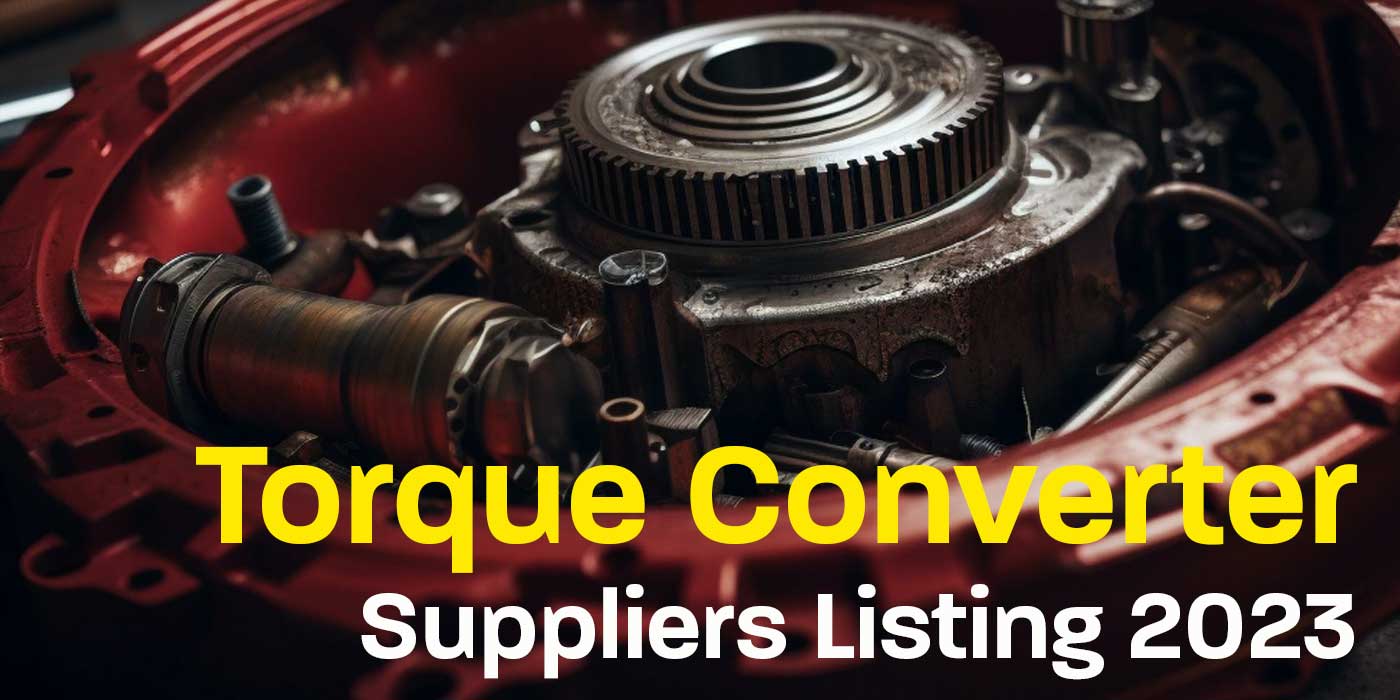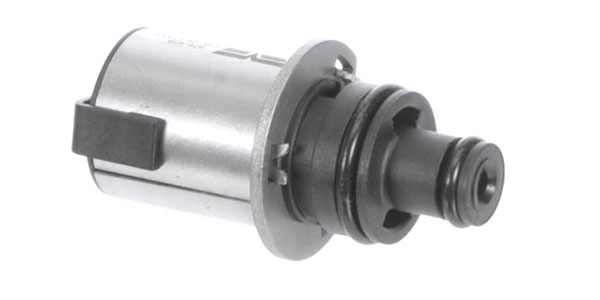Few people have spent more time with torque converters than Joe Rivera of ProTorque Performance Products. Joe tells us he started working with transmissions at the age of 12. His father, Joe Sr., operated one of the earliest Lee Myles shops on Long Island.
Last month, we discussed the profitability potential for transmission shops that can build or install performance converters. But Rivera points out that nearly every aftermarket rebuilt converter is technically a performance converter.
Rivera explains that most shops are installing “performance” converters already. According to Rivera, rebuilding a converter to exact factory specifications is what he calls an O.E. or stock replacement converter. “In one way, shape or form, if you’ve improved the factory design, whether it’s replacing the bearing, or reinforced the fins, or improved the lockup system in it, that’s an improvement over factory. So that’s a modified, improved converter.”
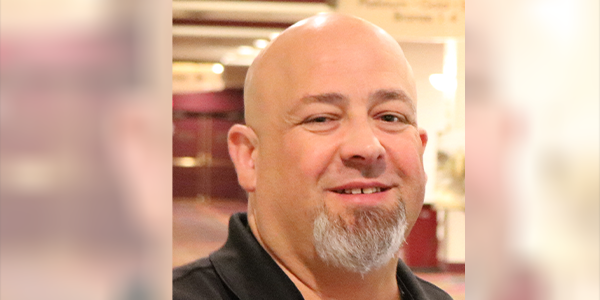
Asked about racing converters, Rivera says that description also has changed over the years. “What is racing? Is it street racing, track racing, drag racing on the street with 500 horsepower, the drag race at the strip with 5,000 horsepower? Factory cars have 800, 900 horsepower. So, technology has shifted and changed. And the perception for some of the older folks in our industry is tainted and skewed. Every day, all day long, I deal with 1200 horsepower streetcars that would have been a racecar 15, 20 years ago. You would never even consider having 1200 horsepower in the street back then, but now it’s every day.”
“The independent transmission shop is more qualified to do performance installation work than any other type of shop out there. Number one, they have all the equipment. Number two, they have all the experience numbers. What most of these transmission shops don’t even realize is that they are already a performance shop. They already upgrade their transmissions over factory by a substantial percentage. Anytime you do a shift improver kit, right? Anytime you bore the valve body, you change the line pressure. Anytime you put in a billet input shaft, you put a billet back cover on a converter, technically, you’re doing a performance build.
Rivera remarked that the customer who wants a result rather than a stock replacement at the lowest price is often willing to pay a premium price for improving his ride. “Look for the customers who want to spend money, customers who want to upgrade. There’s a big difference between a want and a need,” he said.
“We all know there’s less transmission shop rebuild work than there was. At the same time, there is a lot of performance work to be done. Many transmission shops were all racing to the bottom and lowering their price on rebuilt units. You know, trying to get market share for business that was declining instead of doing the opposite.”
Rivera went on to say that with all the talk and O.E. announcements about producing only electric vehicles, that Chrysler (FCA, now Stellantis), for instance, is offering a 1,000-horsepower internal combustion engine. And, he says the hybrid vehicles are already a thing of the past. His point wasn’t that there will be electric vehicles in the future, rather that today there is still a strong market for performance vehicles, both gasoline and diesel.
Profits await shops not afraid to charge for the work. “Many of these shops now have the software to tune the TCUs. They’re qualified to do the tuning on the TCU. I mean, that’s a better experience, and better capability than almost any performance shop will have,” Rivera concludes.

